By Patrice Lewis
As you read this, the wind may well be howling and the snow piling deep, and you’re likely curled up next to the woodstove with a mug of tea at your elbow. However, it’s never too soon to plan for next year’s garden.
So let’s talk strawberries. We love strawberries. This past summer, we harvested 160 pounds.
But our road to strawberry heaven was rocky and frustrating. It took us nine years to figure out what it took to grow the abundance we enjoy today.
Small fruit, big history
Strawberries (genus Fragaria) are a member of the rose family and are unique in being the only fruit with seeds on the outside rather than the inside. About three billion pounds are grown each year.
(For all you botanical purists, I’ll point out strawberries are not true berries but an aggregate accessory fruit which is the enlarged receptacle of the flower.)
Strawberries were gradually cultivated in Europe in the 1300s from various wild strains. Hardy wild specimens were also introduced from Virginia during colonial times. But it wasn’t until a Chilean cultivar was brought to France in 1714 that serious production got underway. This Chilean fruit had a quality other strawberries lacked: size. However, it was not hardy and did not grow well away from mild coastal climates.
It was the crossing between the larger Chilean variety, the hardy Virginia varieties, and the sweet European varieties that eventually led to the modern strawberries we enjoy today. The first American strawberry variety resulting from planned breeding was called the “Hovey” after a nurseryman in Cambridge, Massachusetts, Charles Hovey. Introduced in 1834, it is an ancestor of most modern varieties. Improved descendants began to be commercially cultivated by the 1850s.
Today there are dozens of cultivars suited for almost any climate, terrain, desired yield, and other factors.
Strawberries are high in vitamin C and antioxidants, and studies have suggested the fruit has the potential to lower cardiovascular disease, cholesterol, hypertension, and inflammation. The fresher the strawberry, the higher the nutrition and medical benefits. Intriguingly, strawberries also appear to play a role in regulating blood sugar by reducing blood sugar spikes after a sugar intake.
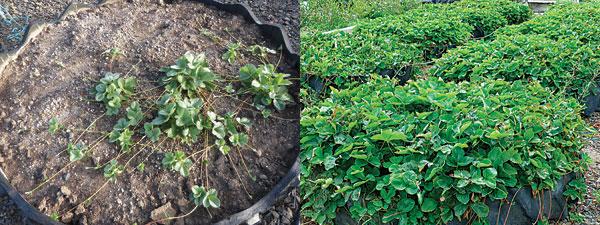
Our bad beginnings
When we first moved onto our north Idaho acreage, we naïvely chose an area off the yard as a “berry patch.” I ordered 25 strawberry plants and planted them, then later added blueberries and raspberries.
And for the next few years, I pulled weed after weed. Through sheer ignorance, we happened to choose the most weed-infested corner of our 20 acres, a spot which grew (and still grows) mullein, thistles, St. John’s wort, and every other noxious invader our corner of America in disheartening abundance.
The strawberries, needless to say, didn’t stand a chance. They died in the first year. We tried again in our second year, with no more luck.
We decided to try building raised berry beds instead, using salvaged barn beams left over from when we helped a woman in our church tear down her barn. We manhandled the beams into place and created four beds: two for strawberries, one for blueberries, and one for raspberries.
At the bottom of the beds we laid thick sheets of newspapers (to control weeds) and a layer of hardware cloth (to control voles, a serious pest in our area). Then we filled the boxes with a combination of topsoil and compost. We planted 100 strawberry plants, and it worked! I was thrilled … until one morning I came out to the garden and saw dozens of my plants yanked out of the ground, and many others nipped down to their roots. The ding dang deer had eaten my strawberries.
We had not fenced the garden area sufficiently against deer, meaning eight feet in height. At that time, we couldn’t afford additional fencing to raise the height (and once deer learn where snack food is, it’s very hard to keep them out), so we compromised by “fencing” the strawberries with a teepee of bird netting.
This actually worked for a couple of months before those clever deer learned how to push their noses under the netting. No matter what we did to tighten the netting, the deer got in or under or around the barriers to snack on my strawberries. They were also decimating most of the rest of the garden plants. In the end, we had no choice — we bit the bullet and raised the garden fence to eight feet in height, and that was the end of the deer problem.
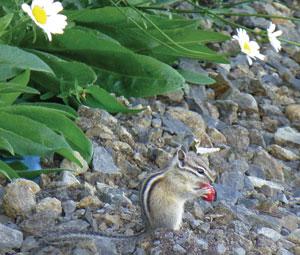
Around this time, we wanted to expand the garden, but we were actively fighting two other dire enemies: weeds and heavy clay soil.
In Backwoods Home Magazine Issue #152 (March/April 2015), I related how we finally solved the weed and soil problems: we tarped and graveled the garden space, installed huge tractor tires, and now garden exclusively in these behemoth raised beds.
The first plants to go in tractor tires were the strawberries. Encouraged by the success of our early raised beds made from barn beams, we installed 10 tractor tires and planted 300 June-bearing strawberries.
The beds (filled with a combination of topsoil, compost, and sand) have provided several unexpected benefits. In our cooler climate, tires warm up the soil in the spring, allowing the plants to get a jump start. It’s also easier to nip off runners that spill over the edges of the tires. The tires are also easy to net against birds or chipmunks.
Cultivation
Most nurseries carry two main types of strawberries: June-bearing and ever-bearing.
June-bearing strawberries produce abundantly for about a month and then peter off. The fast and heavy production makes this variety superb for preserving.
Ever-bearers produce less abundantly but more consistently through the course of the summer. They tend to produce heavily in early summer and then taper off to two or three lighter harvests during mid- and late summer.
If you have room, a combination of the two types makes for consistent fruit. We have 10 beds of June-bearing and two beds of ever-bearing plants.
To get started, plant dormant bare root strawberries in spring (some southern locations plant in late summer or early fall). Nurseries will ship to your location at an appropriate time depending on your planting zone. With new plants, it’s best to soak the roots for about half an hour prior to planting. Trim the roots a bit, then fan the roots out and plant deep enough that the base of the central crown rests on the soil line (don’t bury the crown).
Most strawberries are self-pollinating, but planting two varieties is recommended for optimal fruit production.
Strawberries propagate prolifically by runners. If you can keep up with it, trimming runners will allow the plant to put more energy into larger fruit. However, I prefer to allow my plants to send out as many runners as they want. This keeps my beds in new growth as the older plants die off and younger daughter plants mature. A strawberry plant bears well for about three or four years.
Runners can also be cultivated by placing the infant plants in a paper cup of dirt. As the plant roots in the cup, the runner can be snipped, allowing you to put the daughter plant wherever you wish.
When I first got started with strawberries, I dutifully mulched them with hay. However, the mulch grew, leaving me a nightmare of untangling weeds and digging out invaders. I also learned strawberries will fill in their beds and “self-mulch” quickly, particularly in beds that are two or three years old (last year’s leaves become this year’s mulch). In short, if you do mulch, avoid using anything that could grow. Strawberries like slightly acidic conditions, so pine needles or leaf mulch are excellent choices.
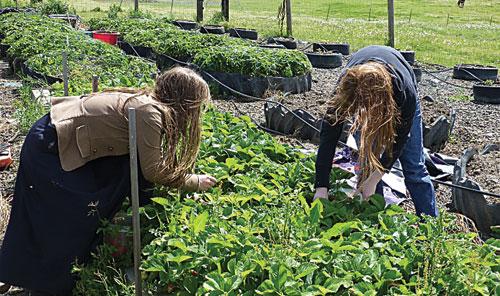
Pests and diseases
Everything from rabbits to squirrels to raccoons to chipmunks will consider your plants theirs unless you vigorously net against them. And of course, birds love strawberries.
Because we grow in tires and our garden is fenced, we haven’t had trouble with animals burrowing up from the bottom or deer hopping over. However we were plagued with birds and chipmunks until I started netting the berries during their weeks of high production. Netting can catch and tangle animals, so be vigilant. Some nurseries now sell netting called Premium Bird Netting with half-inch openings which is less likely to trap or tangle birds and small animals.
Slugs and snails can be devastating to strawberries. Some people crush eggshells and scatter them among plants to deter gastropods. Others bait their strawberry patches with beer traps, or simply resort to hand-picking the offenders. (Slugs and snails will hide in mulch during the day, so you may need to peel back the mulch while searching.)
Leaf spot diseases are common in strawberries, particularly in areas of high rainfall. Control for leaf spot includes planting resistant varieties, planting in a well-drained location, and weed control (to improve air circulation). Cornell University also states, “Remove older or infected leaves before setting runners in new plantings. Removing and burning all debris at renovation (after harvest) helps to reduce overwintering inoculum of leaf pathogens. If leaf diseases are a problem in the planting, follow a fungicide spray schedule recommended for control of leaf diseases and fruit rots to aid in control.”
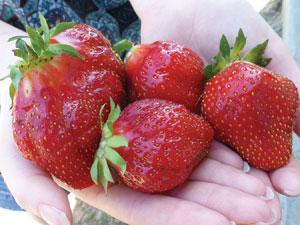
In many cases, strawberry diseases can be “interrupted” by moving down or cutting the foliage in mid-summer. Strawberries growing in shady areas are more susceptible to diseases. Many growers also suggest starting new beds for strawberries every few years to avoid root-rot issues. Root issues can also result when soil does not drain well, so make sure your beds have good drainage.
Alternative strawberries
This year we’re trying a new cultivar called a pineberry, a natural hybrid in which the fruit is creamy-white (some call it albino) and has a faint pineapple taste. I neglected to water these during an early heat wave and subsequently lost all but eight of my original 48 plants, so I am encouraging runners from these remaining plants to spread across their beds. We got no fruit this year, so I cannot attest to the taste.
Pineberries are not widely known in commercial circles, though more home-growers are becoming familiar with them. Even less well-known are purple strawberries and yellow strawberries.
Purple strawberries can reach a deep burgundy color with, apparently, an “exquisite strawberry taste.” A June-bearing variety, they aren’t known for sending out many runners, so they’re a poor choice for commercial cultivation but well-suited to home container gardening.
Yellow strawberries are a small ever-bearing alpine cultivar colored a creamy-yellow with yellow seeds. It’s been called one of the “best gourmet strawberries” with a “delightful aroma and fantastic flavor” resembling pineapple. Apparently they’re less noticeable to birds because of their pale color. They have few runners and are usually reproduced by seed.
It’s worth noting none of these alternative cultivars are genetically modified. They’re either natural hybrids, or the result of careful breeding. Alternative strawberries are a fun option for home gardeners.
Strawberry allergies
Some individuals are allergic to strawberries. The allergy is not well understood but is believed to be a sensitivity to a protein (called “Fra a1”) resulting in the red color associated with strawberry ripening. Symptoms of a strawberry allergy can range from hayfever, hives, or even breathing problems. The most severe reaction is pseudoanaphylaxis, a serious condition which can cause death.
It has been suggested that cultivars lacking the Fra a1 protein might be safely eaten by allergy-sufferers, though of course this should be confirmed by a physician. White or yellow strawberries might be suitable options for those with allergies, but the fruit should be initially consumed in the presence of a doctor, particularly if past symptoms have been severe, such as pseudoanaphylaxis.
What do you do with all those berries?
We freeze most of our strawberries, as we’re not big fans of jams or preserves. What we don’t freeze, we dehydrate. A neighbor also has a home freeze-dryer that we use to preserve strawberries.
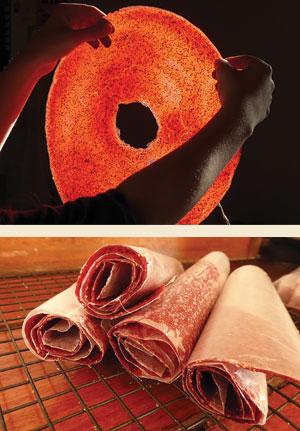
Here are some of our favorite recipes using strawberries.
Strawberry leather
To make fruit leather, we use a Presto dehydrator with fruit-roll sheets that fit in the trays.
4-5 cups strawberries
½ cup sugar
2 Tbsp. lemon juice
Blend all ingredients in a blender until smooth, then pour onto the fruit-roll trays. Spread the batter about ?-inch thick, then dehydrate at 140° F for 7 to 8 hours. If you dry your fruit in an oven, it will take about 18 hours at 140° F.
Some people recommend rolling leather in parchment paper, but we use ordinary waxed paper. We place an entire peeled-off sheet of leather onto a sheet of waxed paper and roll it, then cut the roll into smaller pieces. Whatever doesn’t get eaten right away, we bag and store in the freezer.
Strawberry shortcake
This is an easy favorite.
2 cups flour
¼ cup sugar
1 Tbsp. baking powder
½ cup butter
¾ cup cream
strawberries, sliced and sweetened
whipped cream
Mix the first three ingredients, then cut in butter. Stir in the cream; the batter will be stiff and a bit lumpy. Form the batter into “biscuits” and place on parchment paper, or scrape the batter into a greased and floured cake pan. Bake at 375° F for 15 minutes. Split the shortcake and top with strawberries and whipped cream.
Strawberry cheesecake trifle
This trifle has multiple layers of crushed graham crackers, sweetened strawberries, and a cheesecake filling.
1½ packages graham crackers
¼ cup sugar
¼ cup butter, melted
3 cups fresh or frozen strawberries, semi-thawed
sugar, to taste
2 cups heavy cream
1 pkg. (8 oz.) cream cheese
1 cup sour cream
1 pkg. instant vanilla pudding mix
½ cup milk
Layer one: In a mixing bowl, crush graham crackers and then mix in sugar and melted butter. Set aside.
Layer two: In a separate mixing bowl, slice strawberries (I use an egg slicer) and mix in sugar, to taste. Set aside.
Layer three: Using another bowl, whip the heavy cream until thick. Then, in a separate bowl, blend together the cream cheese and sour cream. In yet another bowl, mix together the pudding mix and milk. Blend the pudding with the cream cheese/sour cream mix (the pudding sets up very fast when mixed with milk, so work quickly), then add the whipped cream to make the cheesecake filling.
Now take a large mixing bowl or trifle bowl, and layer (in this order): graham cracker crumbs, cheesecake filling, strawberries, graham cracker crumbs, cheesecake filling, strawberries. Enjoy!


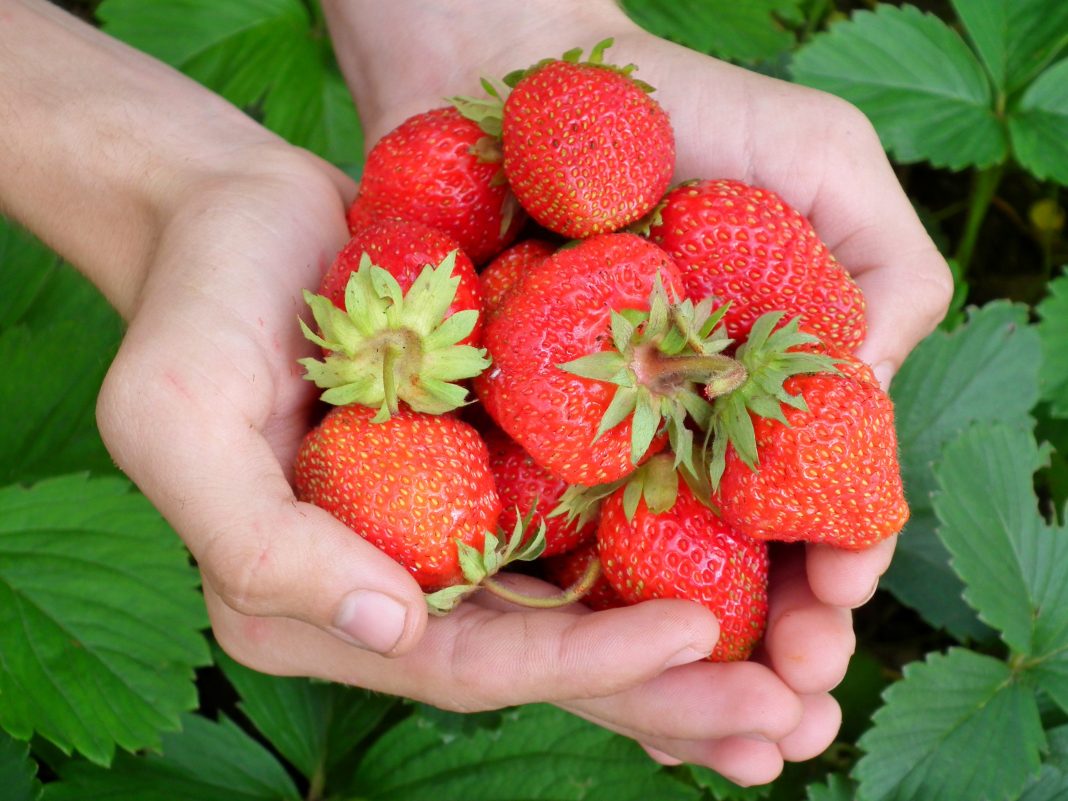
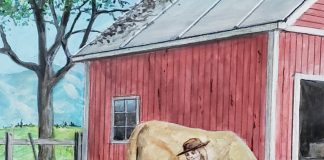





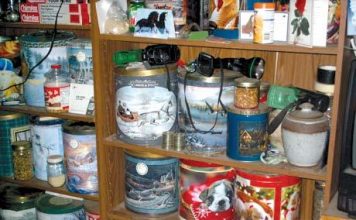

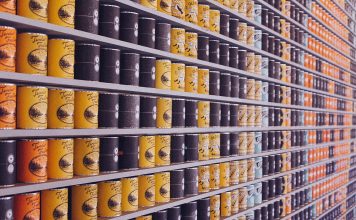
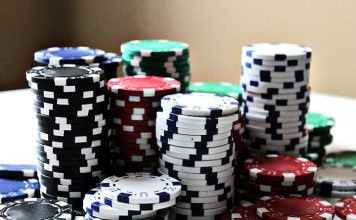
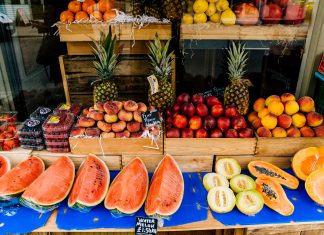
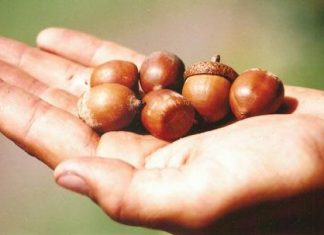
What do you fertilize strawberries with?
For the fruit leather can one use honey or maple syrup in place of sugar.